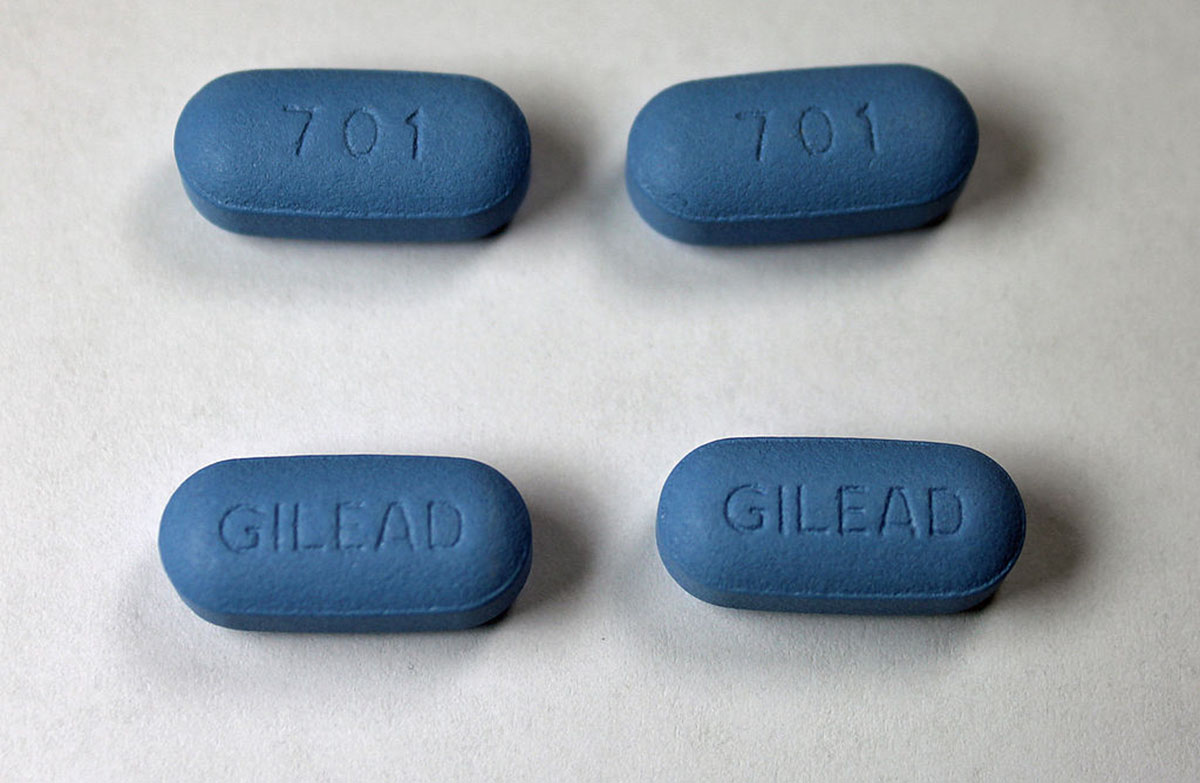Table of Contents
Nucleoside/Nucleotide Reverse Transcriptase Inhibitors (NRTIs)
Sometimes referred to by the charming name "nukes", NRTIs are powerful drugs that interfere with HIV's reproduction process. Copies of HIV that invade CD4 cells transfer their own genetic information into that cell's DNA. Because HIV's genetic information comes in the form of RNA, the virus has to convert its genetic information to DNA before it can invade CD4 cells.

The virus uses so-called reverse transcriptase enzymes in this process. NRTIs interfere with this process by introducing faulty version of the nucleotides that convert RNA to DNA. Thus, they prevent the reproduction of HIV.
Ziagen was the first FDA-approved NRTI. Others include Videx, Retrovir, Epivir, and Combivir. Thirteen different NRTIs are currently approved for use in the United States.
Non-Nucleoside Reverse Transcriptase Inhibitors (NNRTIs)
NNRTIs get the slightly less scary-sounding nickname "non-nukes". This class of drugs also halts HIV's reproduction process by preventing it from converting RNA into DNA, but they work differently than NRTIs. Instead of introducing faulty building blocks, NNRTIs attach themselves to reverse transcriptase enzymes and prevent them from completing the RNA-DNA conversion in this way. The result is similar — copies of HIV can't take over CD4 cells.
NNRTIs that are currently approved by the FDA include Edurant, Rescriptor, Sustiva, and Viramune. Six different NNRTIs are FDA-approved at the moment.
Protease Inhibitors (PIs)
Long strands of HIV's genetic material are formed inside the body as the virus replicates. These strands have to be divided into smaller parts for the virus to grow more numerous, and the virus uses an enzyme called protease to achieve this. As the name suggests, Protease Inhibitors block protease and prevent the longer strands of genetic material from being turned into functional copies of the virus.
Agenerase, Crixivan, Lexiva, and Norvir are among the 11 PIs currently approved by the Food and Drug Administration.
Entry/Fusion Inhibitors
This interesting class of HIV medication prevents copies of HIV from entering the cells altogether. The virus attaches to CD4 cells by using so-called receptor sites, which come in the form of proteins. By interfering with receptors sites either on copies of HIV or on CD4 cells, Entry/Fusion Inhibitors stop the virus from attaching itself to the patient's healthy CD4 cells.
Fuzeon, approved in 2003, targets the gp41 protein on HIV's surface. Selzentry, approved in 2007, targets the CCR5 protein. Several experimental drugs from this category are being tested at the moment, including one that targets a protein on CD4 cells instead. Since HIV patients can and do become resistant to commonly used HIV drugs, the development of this class of drugs is good news.
Integrase Inhibitors
Integrase Inhibitors are yet another class of HIV drugs. These drugs target a different stage of HIV's replication process. After the virus finishes converting its RNA into DNA to incorporate itself into a CD4 cell, it has to incorporate that newly-converted DNA into the cell's own DNA. This process is referred to as "integration", and Integrase Inhibitors prevent this step from occurring.
The first drug from this category, Isentress, was approved in 2007. Another, Tivicay, was approved in 2013. Integrase Inhibitors represent another newer class of HIV drugs that offer hope to HIV-positive people who are resistant to other classes of HIV medication.
See Also: Truvada, A New Drug For AIDS Prevention
Fixed-dose Combinations
Fixed-dose combinations are not a separate class of HIV medication. Rather, they are pills that incorporate two or more different medications from one or more different classes, in fixed doses. These drugs reduce the amount of pills a HIV-positive person has to take on a daily basis. More importantly, they discourage drug resistance by attacking HIV in two or more different ways at once.
The fixed-dose combinations currently FDA-approved are called Atripla, Complera, and Stribild.
- Photo courtesy of Rico Gustav by Flickr: www.flickr.com/photos/rico_gustav/9309963279
- Photo courtesy of Denverjeffrey by Wikimedia Commons: commons.wikimedia.org/wiki/File:Truvada.JPG


Your thoughts on this